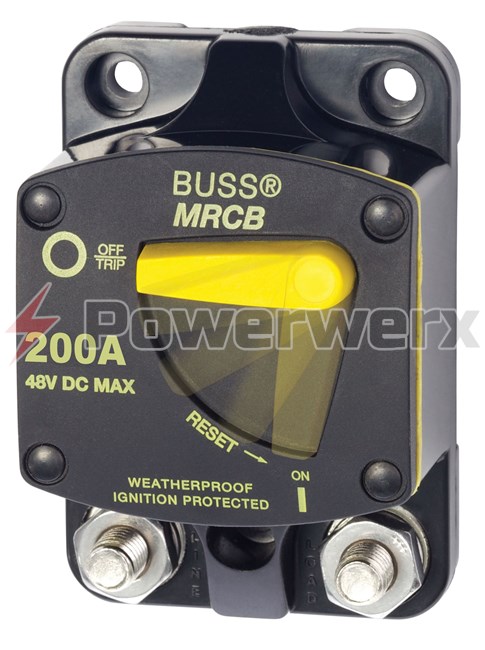MalibuDave42
New Member
- Joined
- Sep 21, 2021
- Messages
- 8
I'm a newbie looking some help... Here's my "current" plan - start with two 100w panels, then maybe add another 200w - Both sets would be portable\free standing. As I understand the math (which I may not  )
)
For flexibility of panel placement: 1 40ft 10ga 2-wire cord with MC4 connectors; when\if the 2nd set of panels add a 2-1 MC4 connector to connect the set of panels together and connect to the 40ft line. Seem reasonable?
Inside my front bay, I am thinking to use a Victron Energy SmartSolar MPPT 100V 30 amp. Is that overkill? Or something smaller - Victron Energy SmartSolar MPPT 75V 15 amp? (note: If someday I decided to add permanent panels to my roof, I will add another controller.)
I would like to connect the "from PV" wires to an external plug mounted through my front bay wall. What plug should I use? I've seen one of these on a "factory" install SAE Power Socket Sidewall Port 12AWG but it does not seem like it can handle the current. Or maybe something like: Powerwerx PanelPole1-White, Panel Mount Housing. What are your thoughts?
WRT fuses: 1 50amp from the charge controller to battery. Do I need one just inside of the external plug heading to the charge controller?
Any and all input is greatly appreciated.
- Maximum Power: 100W
- Open-Circuit Voltage (Voc): 21.6V
- Short-Circuit Current (Isc): 6.5A
- Optimum Operating Voltage (Vmp): 18.0V
- Optimum Operating Current (Imp): 5.56A
- Operating Temperature: 104℉-176℉
- Maximum System Voltage: 600VDC UL
- Maximum Series Fuse Rating: 15A
For flexibility of panel placement: 1 40ft 10ga 2-wire cord with MC4 connectors; when\if the 2nd set of panels add a 2-1 MC4 connector to connect the set of panels together and connect to the 40ft line. Seem reasonable?
Inside my front bay, I am thinking to use a Victron Energy SmartSolar MPPT 100V 30 amp. Is that overkill? Or something smaller - Victron Energy SmartSolar MPPT 75V 15 amp? (note: If someday I decided to add permanent panels to my roof, I will add another controller.)
I would like to connect the "from PV" wires to an external plug mounted through my front bay wall. What plug should I use? I've seen one of these on a "factory" install SAE Power Socket Sidewall Port 12AWG but it does not seem like it can handle the current. Or maybe something like: Powerwerx PanelPole1-White, Panel Mount Housing. What are your thoughts?
WRT fuses: 1 50amp from the charge controller to battery. Do I need one just inside of the external plug heading to the charge controller?
Any and all input is greatly appreciated.




